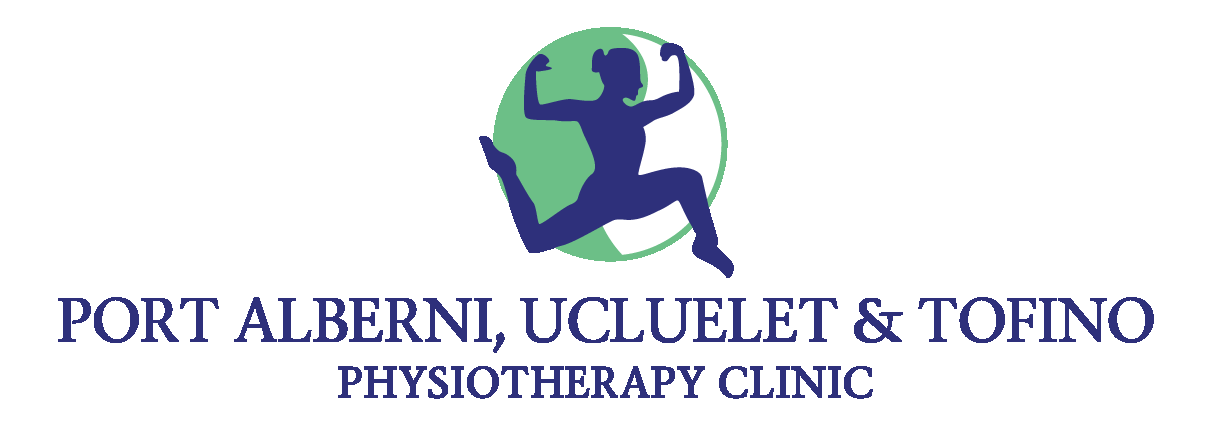If you've recently had a baby, or even if it's been a while, you may have noticed a soft bulge or gap in your midsection that just won’t seem to go away. This could be a sign of Diastasis Recti, a change that’s more common than most people think — and one that can absolutely be improved with the right support.
What is Diastasis Recti?
Diastasis Recti (DR) is a separation of the rectus abdominis muscles, the two long “six-pack” muscles that run down the front of your abdomen. These muscles are connected by a band of tissue called the linea alba, which can stretch and thin during pregnancy or with excessive intra-abdominal pressure, causing a gap.
While it’s most commonly associated with pregnancy and postpartum recovery, Diastasis Recti can also affect men and women outside of pregnancy due to factors like poor lifting mechanics, chronic straining, or abdominal surgery.
How Do You Know If You Have It?
Common signs of Diastasis Recti include:
A visible bulge or “doming” along the midline of your abdomen, especially when getting up from lying down.
A feeling of weakness or instability through your core.
Lower back pain, pelvic floor dysfunction, or poor posture.
A gap between the abdominal muscles (often measured by a physiotherapist during a hands-on assessment).
The best way to know for sure? A physiotherapy assessment, especially from someone trained in women’s health or pelvic floor rehab.
How Can It Be Treated?
The good news is: Diastasis Recti is treatable — and in most cases, surgery isn’t necessary.
Physiotherapy is a first-line treatment for DR, especially when guided by a practitioner with training in core and pelvic health. Treatment often includes:
Reconnecting with your deep core muscles, including the transverse abdominis and pelvic floor.
Learning how to manage intra-abdominal pressure during daily movements.
Gradually strengthening your core without exacerbating the gap.
Education on body mechanics, posture, and breathwork.
While physiotherapy is often very effective for Diastasis Recti, there are a small percentage of people who may not see full resolution with conservative care alone. Here are the main next steps or alternative options if physiotherapy hasn’t resolved the issue:
1. Consultation with a Plastic Surgeon (Abdominoplasty/Tummy Tuck)
If the diastasis is large (typically more than 4-5 finger-widths), persistent, and impacting quality of life despite physiotherapy, surgical repair could be considered.
Surgical options include:
Abdominoplasty (tummy tuck) – often includes suturing the linea alba to bring the rectus muscles back together.
Mini-abdominoplasty – for smaller separations.
Laparoscopic repair – a less invasive option for some.
An important Note: Surgery is usually considered elective and is best done when core strength is already optimized through physio — so recovery is smoother.
2. Support Garments or Abdominal Binders
These don’t fix the separation, but they can offer support during movement or postpartum recovery. They can be helpful short-term while working with a physio or if surgery isn't an option.
3. Continued Monitoring and Maintenance Physiotherapy
In some cases, the abdominal separation may not fully close — but that doesn’t mean recovery hasn’t happened. If symptoms like pain, core weakness, or pelvic floor dysfunction improve and you're able to move confidently and without discomfort, further treatment may not be necessary.
Many people return to high-level activity even with a small remaining gap, as long as they’ve learned to manage intra-abdominal pressure effectively and avoid movements that cause doming or bulging. Your physiotherapist can help you maintain your progress, modify your exercise routine as needed, and ensure your core is functioning well in your day-to-day life.
How Can Women’s Health Physiotherapy Help?
Women’s health physiotherapists specialize in the unique needs of people during pregnancy, postpartum, and beyond. When it comes to Diastasis Recti, they offer:
Detailed assessments of the abdominal wall and pelvic floor.
Safe and individualized rehabilitation programs.
Hands-on guidance to improve posture, alignment, and movement patterns.
Support with other concerns that often go hand-in-hand with DR, like pelvic floor weakness, incontinence, or prolapse.
Whether you’ve just had a baby or are years postpartum, it’s never too late to seek help.
What Exercises or Movements Should Be Avoided?
Certain exercises and movements can put extra strain on the abdominal wall and may worsen Diastasis Recti — especially in the early stages of recovery. These include:
Traditional crunches or sit-ups
Double leg lifts or aggressive core work
Heavy lifting without proper core engagement
Planks or pushups, if they cause doming or bulging of the abdomen
Any movement that causes visible coning or discomfort along your midline
Your physiotherapist will help you identify what’s safe for your body and when.
What Exercises Are Good for Diastasis Recti?
Healing your core starts with gentle, controlled movement. Some beginner-friendly exercises include:
Deep core breathing (also called diaphragmatic breathing)
Pelvic tilts and small bridges, focusing on core activation
Heel slides or marching with deep core engagement
Modified side planks (with support) as your strength builds
Bird-dog exercise with slow, controlled movement
The key is not just the movement, but how you do it. Learning to recruit your deep core and manage pressure is essential — and that’s where a trained physiotherapist can make all the difference.
Final Thoughts
If you suspect you may have Diastasis Recti — whether you’re newly postpartum or it's been years — know that there are solutions. Working with a physiotherapist, especially one trained in women’s health, can help you safely rebuild core strength, restore function, and feel more like yourself again.
Have questions or want to book an assessment with our women’s health physiotherapist, Lauren Siddall, we’re here to help.
Contact Us at 250-723-5112 or book online at portalberniphysiotherapy.ca



